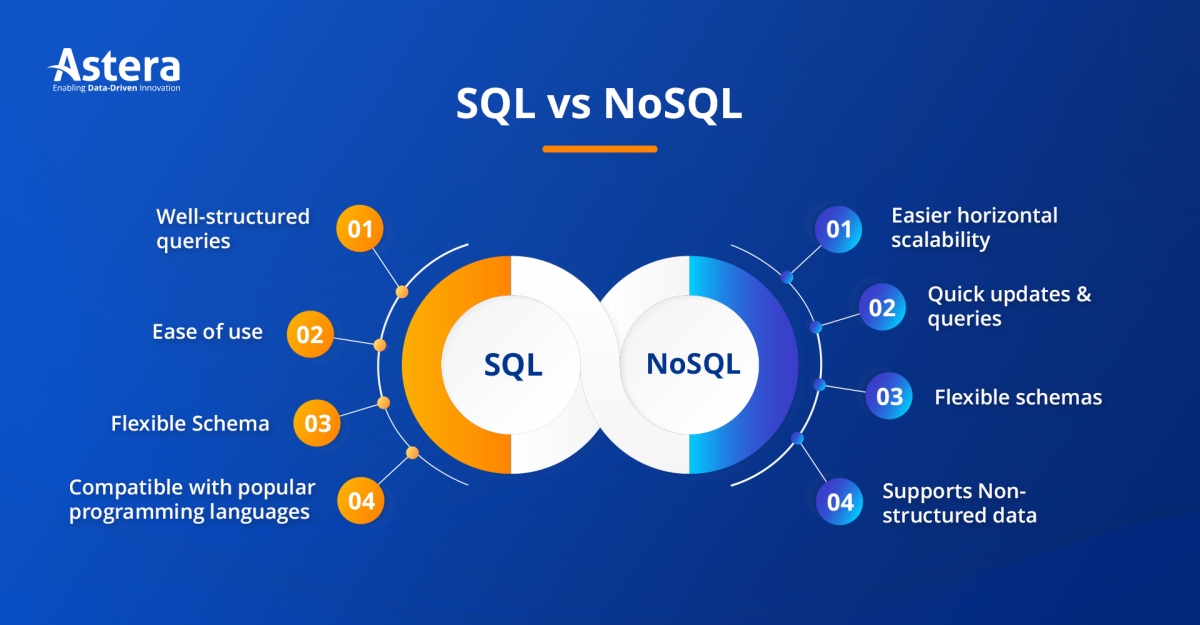
public class Employee = GenerationType.IDENTITY) Let’s assume that we have an employee entity, which requires a schema and sample data to be initialized in the database. Initializing Spring Boot JPA Entitiesįor loading initial data with Spring Boot, we can use the Spring Boot built in support for JPA.
#JAVA ANNOTATIONS DATABASE SCHEMA HOW TO#
Let’s see how to load this initial data on startup with an example below. It is a powerful feature that lets you work in different environments. We can use the data.sql and schema.sql files in spring to gain more control over database alterations. It will search for entities in our packages and create the respective tables if we do not define any custom config and use the default configuration. Spring Boot makes it really easy to manage any type of database changes. We will look at the different options available with Spring Boot.

Now we can use getters and setters using shortcuts just right click > source > generate getters and setters.In this article, we will look at options for loading initial data with Spring Boot. We can talk about the whole process in some other article in the future but for now, you can follow some docs and create a Java dynamic web project whose file structure looks like the below.Ĭreate a POJO class: Users.java As seen in the entity-relationship diagram we have four fields: userId, email, fullName, and password. We are to create a Java dynamic web project which enables the development of web applications based on Java servlets and Java server pages. In our next article, we will be generating other model classes using Hibernate reverse engineering tool.īefore we start coding our class we need to create, set up, and configure a Java project in Eclipse IDE for developing the Book Store website for our client. We are going to manually create a model class that maps to the table users. Below you see the entity-relationship diagram that describes the tables and the relations among them.

Mapping a Model Class Manuallyīefore we create our first model class, let’s review the tables in the database BookstoreDB, which we created in our previous article. In this article, we use only Hibernate ORM and Hibernate Tools. It provides a mapping editor, console, and reverse engineering. Hibernate tools is a set of plugins for Eclipse IDE facilitating Hibernate development within Eclipse. Hibernate OGM is the domain model persistence component for NoSQL databases. Hibernate Validator is the component for making constraints for the domain model. Hibernate Search is a full-text search component for the domain model. We use it for mapping Java model classes to tables in relational databases. Hibernate ORM is the core of the framework on which other components depend. Hibernate framework consists of several components, the first of which is Hibernate ORM. That means we can use Hibernate independently or use it as an implementation of JPA. Hibernate restructures itself to become an implementation or provider of JPA. Hibernate is a popular object relational mapping (ORM) framework that simplifies database programming for developers. It looks very similar to SQL but we can see the object-oriented syntax here: b.title The indicates that this column is the primary key.Įxample Query: SELECT bo FROM BookOrder ORDER BY bo.amount The book class is mapped to the book table in the database using the annotation The other two fields bookId and title are mapped to book_id and title respectively using the annotation. JPA is a specification and its implementation includes Hibernate, EclipseLink and OpenJPA.

Its syntax is similar to SQL, but it operates against Java objects instead of directly with the database table. Java Persistence Query Language is an OOQL that is used to make queries against entities stored in a relational database. JPA is a Java API specification for relational data management in an application using Java SE and Java EE. Let’s start with some basic definitions of our core concepts. Then we will see how to create a model class manually using JPA annotations. We will discuss Java persistence API and Hibernate framework. In this article, we will learn how to create Java model classes that map to the tables in the database using Hibernate and JPA application programming interfaces. For a head start check it out here: Creating a Database Using MYSQL Command-Line Client. This article is a continuation of the previous article in which we made a database from scratch using MySQL command-line client. This article is a continuation of Creating a Database Using MySQL Command-Line Client.


 0 kommentar(er)
0 kommentar(er)
